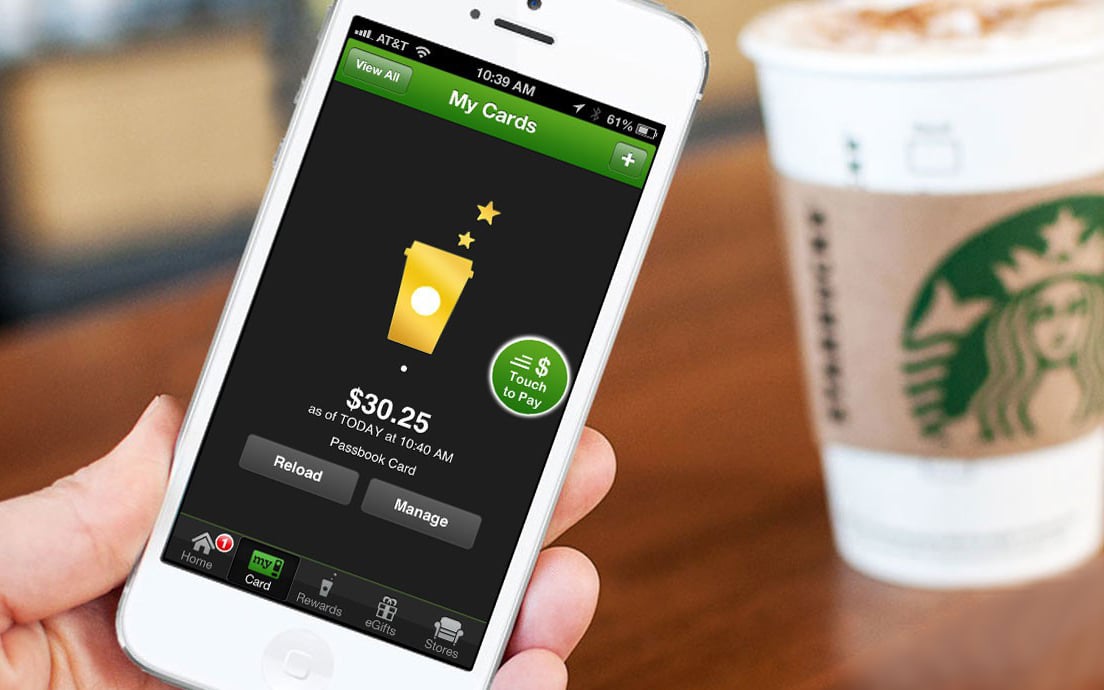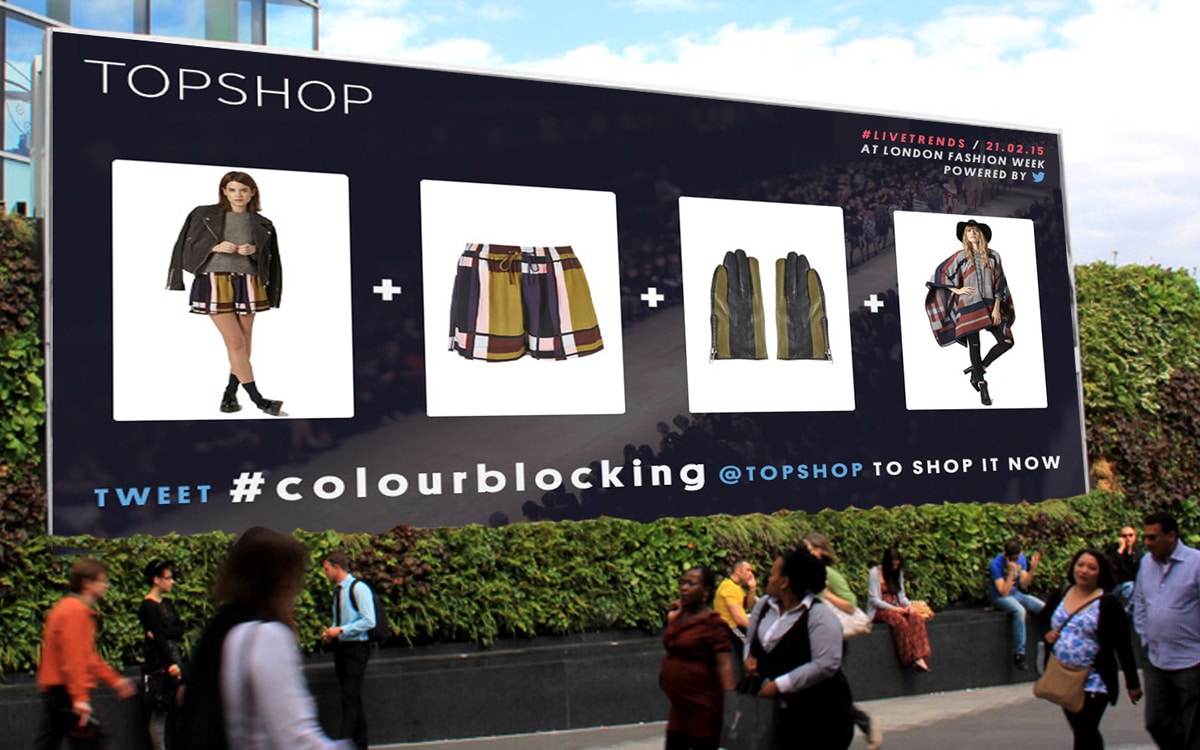Channel hopping: What is omni channel marketing and how does it benefit your brand?

The customer journey has changed drastically over the years.
The days of people simply walking into a store, seeing something they want, and buying it on the spot are long over. These days, the path to purchase is more of a labyrinth than a direct sprint from point A, to point B. One of the factors that have contributed to a more complex experience, is the fact that today’s customers generally use a range of channels to discover, connect with, and purchase from your brand.
When your audience has endless avenues to choose from, it’s much harder to track their route. Companies of all shapes and sizes have had to evolve their strategies to provide a more consistent, and complete experience across every channel. Enter the age of omni channel marketing.
Now that 90% of multi-device owners switch between about 3 devices per day to complete a standard task, it makes sense that you’d need to hop between channels to maintain all customer touch points. What used to be a quick trip to the store is now a journey that spans locations, times, days, and devices. The good news? If you can figure out how to map your client’s complex journey, the rewards are significant. In fact, the value of the cross-channel sales world is about $1.8 trillion.
The question is when your customers and clients can connect with your brand at any time, anywhere – how can you accommodate this shift?

Choose your channel: What is omni channel marketing?
Before you can launch your omni channel marketing strategy, you’ll need to answer one simple question: “What is omni channel marketing?
As you begin to establish your marketing plan, one of the first things you’ll notice, is that there are various ways to interact with your customers. The channels available for a standard advertising campaign often include:
- Single channel marketing: When you focus all your efforts on a single touch point – like a physical store.
- Multi channel marketing: When customers interact with multiple touch-points that work independently of each other. Retailers are often aware of the touch-points available, but they don’t incorporate them into a single unit.
- Omni channel marketing: When all of your marketing efforts are integrated to create a unified whole for your brand advertising strategy. Everything comes together cohesively to improve customer experience.
- Cross-channel marketing: When the customer experiences different touch-points and interacts with them as part of the same brand. Each channel here has its own distinct funnel.
Omni channel marketing campaigns are more than just a way to stay ahead of the trend. They’re designed to provide your customers with the same seamless experience, regardless of how they interact with you. In other words, your customers should be able to reach out through their smartphone, a printed catalogue, or in person, without losing sight of your brand identity.
The best omni channel marketing strategy will be one that delivers engaging and personalised interactions across a host of platforms. Some best practices include:
- Creating a plan to align messaging, objectives, and design across every channel.
- Adopting new technologies to support your omni channel marketing team.
- Testing customer experiences and measuring responses.
- Segmenting your audience and responding carefully on each channel.
- Aligning the different silos in your team for a company culture focused on omni channel.

Omni channel vs multi channel marketing: What’s the difference?
One of the biggest challenges for many companies adopting the omni channel marketing approach is telling the difference between omni channel vs multi channel marketing. The two terms are frequently used interchangeably, even though they’re very different.
Omni channel marketing campaigns are multi channel sales solutions designed to provide an integrated experience for the customer. In other words, your customer could move between online shopping and shopping in person without any hassle. While all omni channel marketing will involve multiple channels, not all multi channel experiences are omni channel. You might have an amazing social media campaign, a great website, and a fantastic approach to mobile marketing – but if they don’t work together as a cohesive whole, they’re not omni channel.
Most businesses invest in a multi-channel experience. There’s a good chance you have a blog, social media channels, and even a brick-and-mortar location. You’ll use each of these channels to engage with your customers, but it’s not until you connect those avenues together that they become omni channel.
An omni channel marketing definition involves taking each platform and device customers use to interact with your brand into account. It’s about plotting the entire customer journey, and delivering an integrated experience, no matter how many devices your customer uses.

How to launch your omni channel marketing strategy
A study launched by IDC found that customers shopping across various channels can deliver a 30% higher lifetime value. If that’s not enough to get you excited about omni channel marketing campaigns, how do you feel about 73% of your shoppers using more than one channel a day to make purchases? Or how about the fact that the people who research your store online in advance spend 13% more when they decide to buy?
The truth seems to be that the more channels you work with, the higher your potential revenue becomes. The question is, how can you create an omni channel marketing strategy that works for your brand?
Step 1: Improve your organisational structure
First things first, it’s hard to communicate seamlessly with your customers across a range of channels, if your internal team is disconnected. The consistency required for an omni channel marketing campaign starts at home. That means that you’ll need to start by getting all your departments on the same page with your vision, providing the same experience and voice across every channel.
It’s also important to make sure that you have the right people available for your customers to speak with at the right time. Once you start working on your omni channel marketing strategy, you’ll identify various touch points where your customers can interact with your organisation, and places that affect their decision-making strategy. Decide how each team will be responsible for various touch points, and how they’ll respond to, and track customer behaviour.
Step 2: Be completely customer centric
Connecting with your customers means showing them you care about their experiences. For some companies, this will mean undergoing a fundamental change in thinking processes – from traditional profit-focused marketing to customer-led sales. Working to understand your customers better and adding depth to your relationships will help you to choose the best avenues to reach your market.
Since any omni channel marketing strategy is all about engaging the customer, start by drawing a map of the customer journey, and any decision points they encounter along that path. Once you’ve got your map, you can create content that speaks to the different navigational decisions each client needs to make. For instance, during the “awareness” stage, your customer will want content that helps them to answer their questions and solve problems. Later, they’ll want to know what makes your product or service the best solution available.
Step 3: Make context critical
We’ve all heard the phrase “content is king” around a million times. While that’s still true in today’s value-focused world, without context, content can’t accomplish much. Figure out what kind of content your consumers are looking for at different stages of their buyer journey. Are your eBooks helping them to make purchasing decisions? Is your email newsletter keeping you top of mind?
Once you know what’s happening in your customer journeys, you can begin to offer assistance that’s contextual. For instance, when RadioShack added their mobile-optimised store locator to their website, they bridged the gap between online and offline advertising, sending about 60% of their customers to physical locations
Step 4: Integrate analytics
Knowledge is power for any company considering omni channel marketing. By capturing data and analysing information from previous customers, you can begin to understand what they’re looking for on every channel. The more data you collect, the more you can optimise each person’s interaction with your business by offering personalised content.
To switch to omni channel marketing campaigns, you’ll need to map your current data capture system and integrate the various streams of information. If you currently have a handful of disconnected data systems, it would be best to replace them with a single over-arching system that can fuse the online and offline worlds. Store your information in a central place, and you’ll have a birds-eye view over the ways customers interact with you.
Omni channel marketing campaigns for instant inspiration
Omni channel marketing is a common strategy for companies all over the world. The reason? It really works.
Today’s customers are used to using multiple channels during their shopping experience, and they want a feeling of familiarity and consistency as they switch from one location to the next. When you provide that great experience, the results can be astounding. For instance:
- 49% consumers buy from their favourite omni channel companies about once a week.
- Businesses that use omni channel marketing campaigns receive 91% greater year-over-year customer retention.
- Companies with strong omni channel marketing engagement see a 9.5% year-over-year increase in revenue, compared to only 3.4% for businesses without omni channel.
Yet, despite the obvious benefits of omni channel marketing, only 55% of companies have any strategy in place.
If you want an incredible relationship with your customers and a better return on investment for all your marketing strategies, then you need to switch to omni channel marketing. Here are a few companies that made the move successfully:
1. Disney: Providing purchasing and navigational support
A vacation with the family can be an incredible experience. However, planning and managing it all often gets a little exhausting. The good news is that Disney—the world’s happiest place—can make the experience easier for you. With their omni channel marketing approach, they provide wearable technology to combine the offline and online experience for their audience.
The “My Disney” Experience allows visitors to plan their activities in the park with ease, managing dining, and hotel reservations, as well as adding other travellers to a “friends” list. You can link your account to a “Magic Band” – a smart device containing a touchpoint sensor. The band grants access to hotel rooms and theme parks, as well as storing photos that you can access later.

Not only does beacon technology and omni channel marketing make customer lives easier, but it supports Disney too. The tech tracks visitor movements, providing Disney with valuable information about crowd traffic. As Disney experts watch the crowd moving through the system, they can dictate when they need more food, security, or support in different areas.
2. Starbucks: Mobilising smartphone orders
Starbucks has been investing in digital innovation for some time now. However, the company saw a serious uptick for its Rewards Membership scheme when it redesigned its app to improve the connection between offline and online experiences. Now about 30% of the coffee company’s purchases come through the app.
Rather than just letting you keep track of your points and potential free coffees, the Starbucks app streamlines your transactions with paying, tipping, and tracking abilities. The app even comes with a feature that allows you to identify a song you hear inside Starbucks and save it to your Spotify account.

By incentivising standard customer behaviour and offering rewards for those who visit at slower times throughout the day, the app generates a huge amount of extra data on customer visiting history, and orders. According to the CEO in 2017, Kevin Johnson, the Starbucks omni channel marketing strategy is a critical asset in driving customer engagement.
3. TopShop: Shopping with style
Finally, when it comes to omni channel marketing examples, it’s worth looking at TopShop’s efforts. The UK-based apparel brand launched an omni channel marketing strategy with digital billboards at various locations throughout Leeds, London, Manchester, Glasgow and other locations. The billboards showed fashion trends as they hit the social sphere, connecting with London Fashion Week’s news updates.

The trends demonstrated on the billboard could also be found on the company website, and they were complemented by in-store TopShop inventory that supported the latest fashion ideas. For those who wanted to shop online, all you needed to do was tweet a trending word at the TopShop Twitter account, and you’d receive a curated shopping list in response. The result was a boost in sales by almost 25% across all categories on the billboards.
Of course, the fashion week campaign was just a drop in the ocean for TopShop’s digital strategy. They also launched a “TopShop on the go” app to offer a more seamless experience between digital and offline shopping.
Connecting with customers: Quick omni channel marketing tips
No matter what kind of company you run, omni channel marketing is an essential solution for anyone who wants to reach a broader audience or engage with customers. As experience continues to be the most significant differentiation strategy for any organisation, an omni channel marketing campaign can be the difference between standing ahead of the crowd or falling into obscurity.
With that in mind, here are a few of our marketing agency quick tips to help you launch your omni channel marketing campaigns the right way.
1. Create consistency in every channel
When your customers are jumping from one channel to the next, engaging with your organisation, they’ll be looking for consistency. One of the ways you can provide consistency is by maintaining the same personality and tone of voice in every message. That means that if you want to come across as professional and sophisticated, then you’ll need to convey that in everything from your social posts to your blogs.
The next step in creating consistency across every channel involves keeping your image the same wherever you are. This means that you need your logo, brand colours, and other important elements to show up on your direct mail advertising, your emails, your online ads, and your offline campaigns. This connected experience is what will help to bring your omni channel marketing strategy together.
2. Segment and manage your audience
According to a survey report on “Demystifying omni channel marketing“, organisations that embrace omni channel are simply focusing on giving their customers what they prefer. In other words, omni channel marketing isn’t about offering as many different avenues for your customers to make their purchase as possible, it’s about knowing your customers, and what they want from you.
As you’re sorting through your customers to determine their buying preferences, think about segmenting your audience to help establish a stronger understanding. For instance, using marketing automation, you’ll be able to capture rich information and when and where your clients prefer to buy. From there, you can create personas that help you to serve your market.
3. Develop meaningful content & experiences
Often, messaging and content are key components of omni channel marketing campaigns. If a customer has put something in their cart on your website, you’ll want to reference that when you connect with them over the phone, or via email, for instance. Creating content that helps your customers to make the journey between different touch-points seamlessly is a great way to support your omni channel marketing campaigns.
The easiest way to build brand loyalty and deliver a better experience is to listen to your customers and respond to their needs throughout the transactional process. For instance, if someone adds an item to their cart on their smartphone, they should be able to access the same list of items that they want to buy on their desktop when they log into their account. Ask your customers what they want from your omni channel experience and push yourself to deliver those branded moments.
4. Measure and optimise everything
Finally, when it comes to making sure that your omni channel marketing strategy works for your brand, it’s important to keep a strong focus on analytics and measurement. While it’s still difficult to measure the impact of your campaigns across multiple devices at the same time, advances in technology are bringing us closer to a true cross-channel measurement. When used together, the right marketing tools can help you to determine which areas you need to focus your attention on to get the right results.
Remember, retailers that make the most out of their omni channel marketing definition can boast a retention rate as high as 89%. That’s compared to approximately 33% retention for companies that don’t have a strong omni channel presence. The option to tap into more channels and the speed of the digital world offers opportunities and complexity for omni channel marketers. However, if you can master the balance between both elements, you’ll get more out of your campaigns. It’s all about delivering the right message, in the right way, at the right time, and maintaining consistency throughout.

Ready to find your omni channel marketing definition?
As technology continues to advance, it’s finding its way into multiple parts of our day-to-day lives. There’s no doubt that you use various forms of technology in everything from your work life to your personal experiences. As we continue to focus on things like innovation and digital transformation, we’ll continue to see the consumer journey evolving into a more connected and cohesive experience.
Now that the lines between the virtual and real worlds are blurring, companies, brands, marketers, and everyone in between need to find a useful way to react to the change. Instead of thinking of desktop experiences, mobile experiences, and offline experiences as separate entities, you’ll need to pursue a holistic approach – an omni channel marketing experience.
For many businesses, the effort involved in launching an omni channel marketing strategy can seem significant. However, it’s worth your time and effort. In fact, studies show that not only do customers enjoy using multiple channels but they also:
- Spend about 4% more in store.
- Spend 10% more than people using one channel online.
- Spend 13% more when they research before they buy.
The more channels your customers use, the more valuable they become. The question is, have you launched your omni channel marketing strategy yet?
If you enjoyed this article, you might enjoy these too:
— External communications: Finding your marketing megaphone
— From confusion to clarity: How to manage brand architecture











